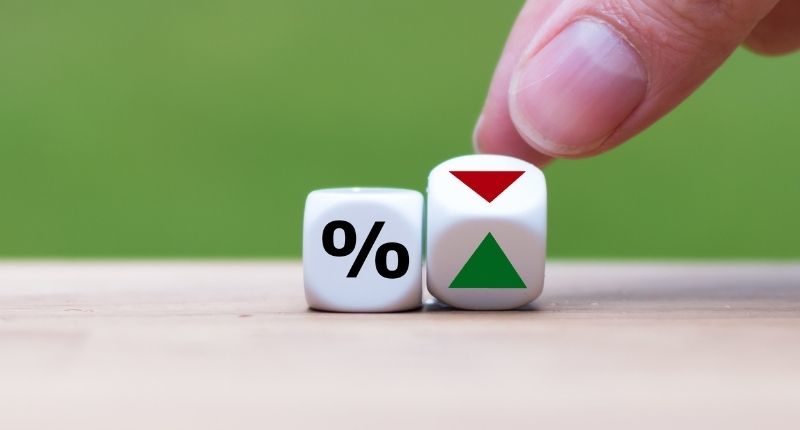- Property prices have declined nationally, although they are still much higher than a year ago across most markets
- Increased savings by Australian homebuyers have occurred since 2005, thanks to the GFC and Covid
- With savings high, those with significant savings are actually reaping the benefits of higher interest rates
Since the Reserve Bank of Australia (RBA) began tightening monetary policy five months ago, the market has responded predictably.
There have been minor price declines in affordable price rangers with larger falls in the Melbourne and Sydney prestige markets.
SQM Research data reflects a slowdown in asking prices nationally, however, a steep decline across the board is yet to be witnessed.
National
National real estate brand First National has noted that despite this, Australians are strongly backing real estate.
“Depending on where you live in Australia, home values increased perhaps as much as 36.5 per cent in the two years to the end of February 2022, yet we’ve observed declines of only around 3.5 per cent over the past four months,” said First National Real Estate Chief Executive, Ray Ellis.
‘While it’s true that the upper ranges prices have seen sharper adjustments, average home prices are still substantially higher than they were 12 months ago everywhere in Australia except Melbourne and Sydney, where there have been relatively mild adjustments of -2.1 per cent and -2.5 per cent respectively. “
Mr Ellis said that a reason why house prices have shown such resilience was due to the upward trend in larger financial deposits since 2005. Increased savings occurred during the GFC and COVID pandemic, while the period of lower fuel and electricity prices in 2015 and 2016 also assisted in this regard.
The ratio of housing interest payments to income has also fallen to its lowest level since 1999. Household debt has trended lower as a proportion of housing values, according to RBA data.
“For just under 40 per cent of households, Australians with a mortgage, the interest burden fell to its lowest level in 42 years in the March quarter,” says Mr Ellis.
“These households will economise while discretionary items like fuel, electricity and food continue to rise but the 30 per cent of households without a mortgage will benefit from higher interest rates, and be able to spend more. With savings at record highs, these households actually prefer higher interest rates.’
‘The period of rising interest rates and inflation ahead will certainly present challenges for many.
“However, Aussies have not turned their backs on property. In fact, we’re already seeing signs that first home buyers are stepping up their activity and resurgent demand is combining with low stock levels to drive prices higher in many locations across Australia.”








